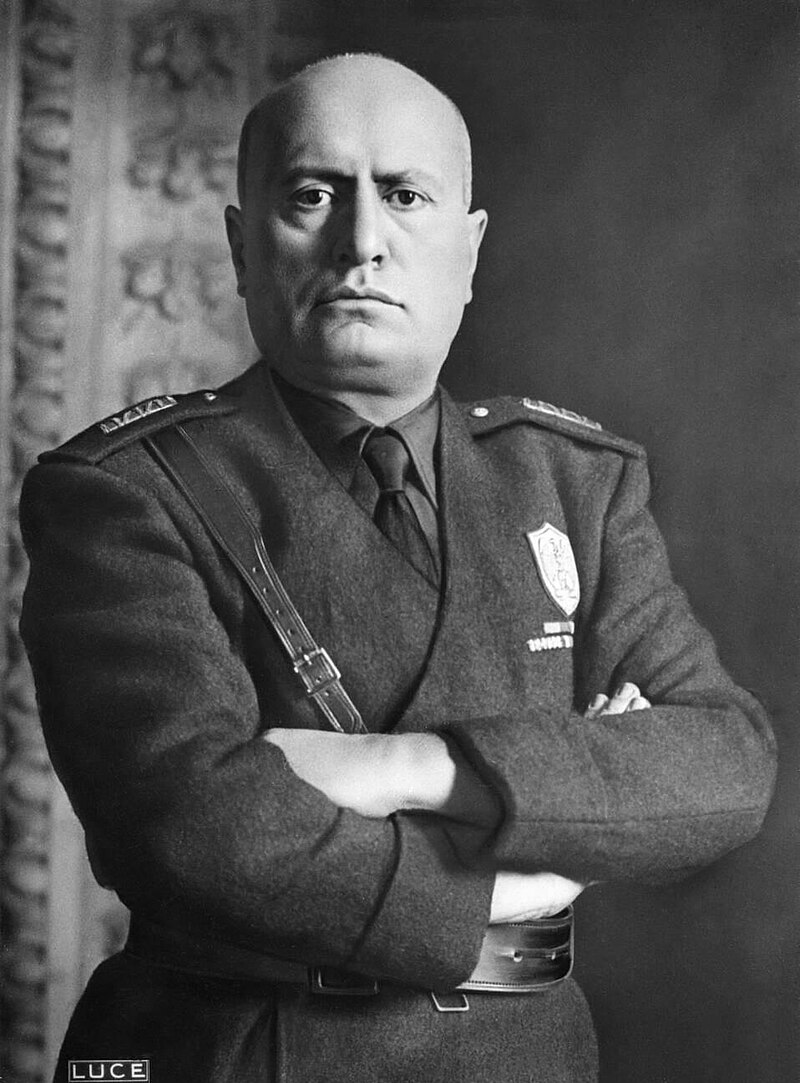Benito Mussolini, the iron-fisted ruler of Italy and a prominent figure in European fascism, did not meet his end with a grand speech or a final salute. Instead, he was struck down by a sudden barrage of bullets on a quiet road in Giulino di Mezzegra. The narrative of his final days resembles a thriller, filled with fear, flight, and a brutal conclusion that occurred on April 28, 1945.
By April 1945, the Axis powers were in decline. Mussolini’s Italian Social Republic, a Nazi-backed puppet government, was disintegrating. The Allies were advancing from the south, while partisans held control in the north. On April 25, Mussolini fled Milan in an attempt to either reach Switzerland or make a last stand in the Alps. Accompanying him were his mistress, Claretta Petacci, and a convoy of loyalists. However, they did not get far.
On April 27, partisans stopped a German convoy near Dongo, on Lake Como. Hidden among the Germans was Mussolini, trying to pass unnoticed. A partisan recognized him. He was arrested and taken to a nearby farmhouse. The next day, Walter Audisio—a partisan using the alias “Colonnello Valerio”—received the order. Around 4:10 p.m., Mussolini and Petacci were led to the wall of Villa Belmonte and shot. Their deaths were swift. No trial, no court—just retribution. The bodies were taken to Milan’s Piazzale Loreto, where an angry crowd jeered, spat, and assaulted the corpses. They were then hung upside down at a gas station—a symbolic reversal of power, staged at the very place where Fascists had executed partisans months earlier.
Mussolini’s body went through a tumultuous journey after his death: it was buried, stolen, hidden, and finally reinterred in 1957 in his hometown of Predappio. His tomb continues to attract far-right pilgrims to this day. Meanwhile, the exact circumstances surrounding his death have sparked decades of conspiracy theories and political debates in Italy. April 28, 1945, marked not just the death of a man but also the collapse of a regime and the end of an era. This event left Italy grappling with its past for generations to come.

